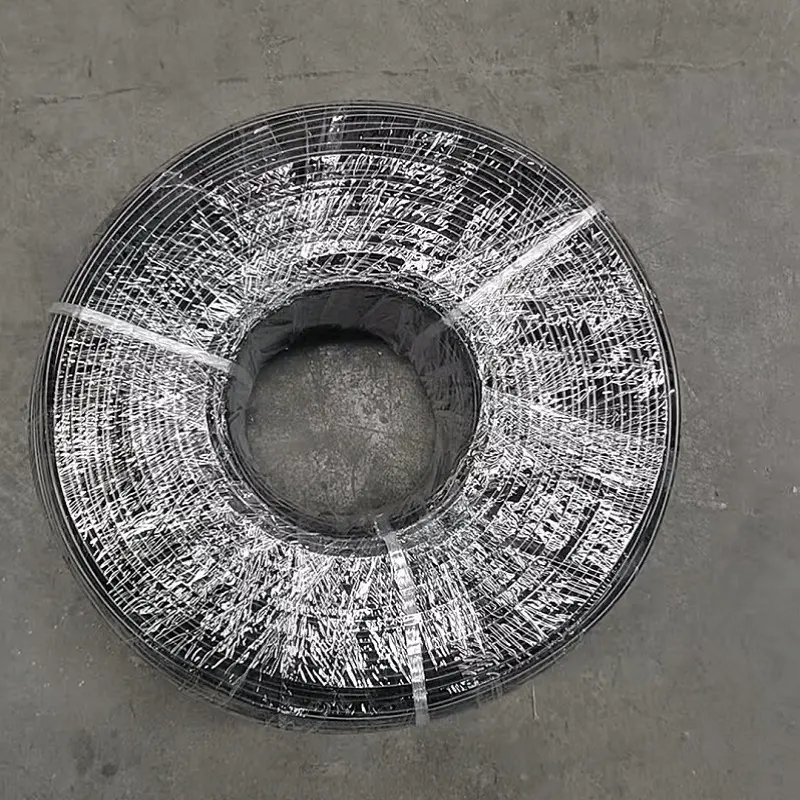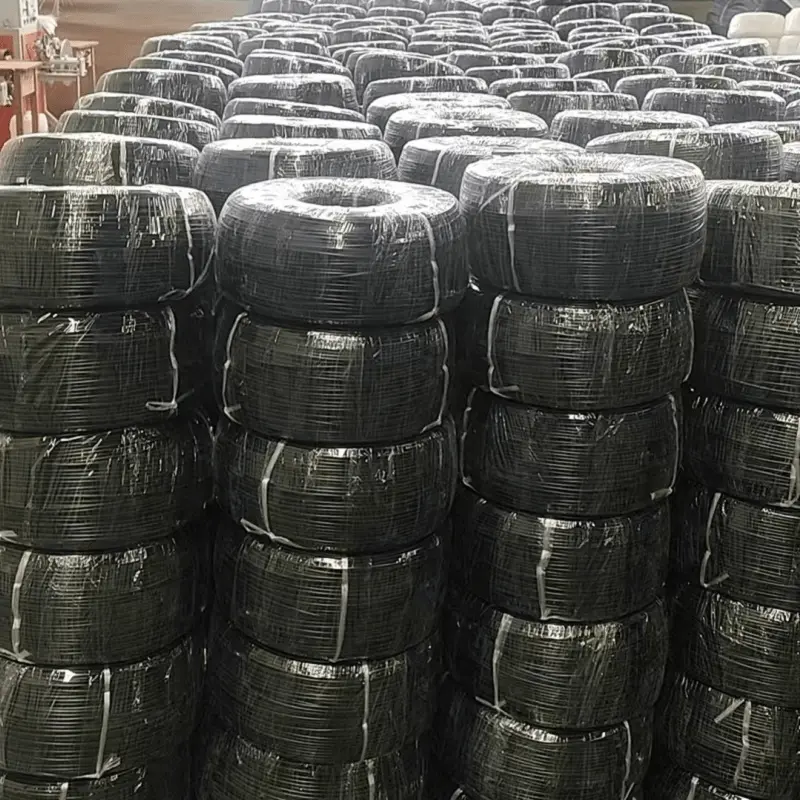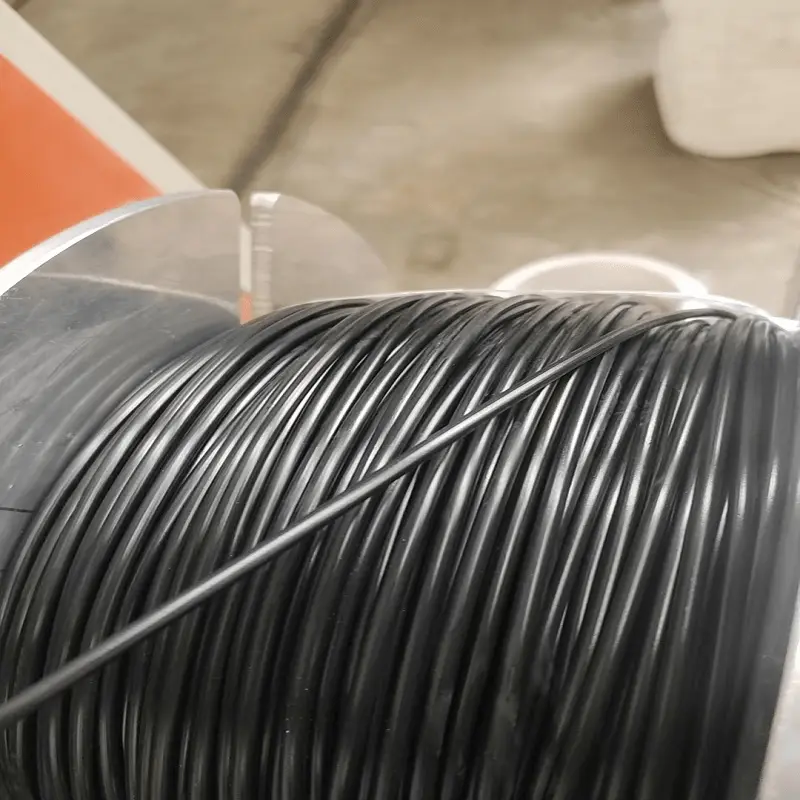1. Technical Significance of Welding Rods in Geomembrane Systems
1.1 Seam Integrity and Durability
Welding rods are essential for creating airtight and waterproof seams between geomembrane panels. Their composition—typically matching the base material of the geomembrane (e.g., HDPE, PVC, or EPDM)—ensures chemical compatibility and long-term structural integrity. Tests show that properly welded seams using high-quality rods achieve 95% of the parent material’s tensile strength, a critical factor in preventing leaks in applications like landfill liners or reservoirs.
Table 1: Comparative Performance of Welding Rod Materials
| Material | Tensile Strength (MPa) | UV Resistance (Years) | Chemical Compatibility |
|---|---|---|---|
| HDPE | 20–27 | 15–20 | Excellent (alkalis, acids) |
| PVC | 15–20 | 10–15 | Moderate (hydrocarbons) |
| EPDM | 10–18 | 20+ | Poor (oils, solvents) |
1.2 Environmental Adaptability
Modern welding rods are engineered to withstand extreme conditions:
Temperature Resistance: HDPE rods function between -60°C to 80°C, making them suitable for Arctic and desert environments.
Stress Crack Resistance: Advanced formulations reduce cracking under mechanical stress, extending service life by 30–50% compared to standard rods.

2. Key Applications of Welding Rods
2.1 Landfill Liners and Covers
Landfills rely on geomembrane liners to prevent leachate contamination. Welding rods are used to seal seams across millions of square meters of liners annually. A 2022 study found that 82% of landfill failures stem from poor seam quality, underscoring the role of high-quality welding rods in mitigating environmental risks.
Case Study: A municipal solid waste landfill in Europe reduced leachate leakage by 90% after adopting automated welding rods with real-time quality monitoring systems.
2.2 Mining Heap Leach Pads
In gold and copper mining, welding rods secure geomembranes in heap leach pads, which process ore-laden solutions. The rods’ resistance to aggressive chemicals (e.g., cyanide, sulfuric acid) prevents seepage into groundwater. A 2021 industry report noted that 65% of mining operators prioritize welding rod durability when selecting geomembrane systems.
2.3 Hydraulic Structures
Dams, canals, and reservoirs use geomembranes lined with welded seams to prevent water loss. Welding rods here must withstand hydrostatic pressure up to 50 meters of water head. For example, a reservoir in Asia achieved 99.9% impermeability after upgrading to high-density welding rods.
Table 2: Market Share by Application (2022)
| Application | Market Size ($B) | CAGR (2023–2030) |
|---|---|---|
| Landfills | 1.2 | 5.1% |
| Mining | 0.8 | 6.3% |
| Hydraulic Engineering | 0.5 | 4.7% |

3. Market Trends and Growth Drivers
3.1 Global Market Outlook
The global welding rod market for geomembranes is projected to grow from 3.4 billion by 2030, driven by:
Infrastructure Spending: Governments investing in sustainable water management (e.g., China’s $1.4 trillion infrastructure plan).
Regulatory Compliance: Stricter environmental laws (e.g., EU’s Landfill Directive) mandating leak-proof liners.
Table 3: Regional Market Distribution (2022)
| Region | Market Share (%) | Growth Rate (2023–2030) |
|---|---|---|
| Asia-Pacific | 42% | 7.2% |
| North America | 28% | 4.5% |
| Europe | 21% | 3.8% |
3.2 Technological Advancements
Automated Welding Machines: Integration of AI-powered robots reduces human error, achieving seam consistency of ±1 mm tolerance.
Bio-Based Rods: Emerging eco-friendly formulations using recycled polymers reduce carbon footprints by 30%.
4. Challenges and Solutions
4.1 Common Issues
Poor Adhesion in Cold Climates: Low temperatures can reduce welding efficiency by 40%.
Material Incompatibility: Mixing rod types (e.g., HDPE with PVC) causes 70% of early-stage failures.
4.2 Industry Responses
Training Programs: Certification courses for welders have improved first-pass quality rates to 95%.
Advanced Testing: Non-destructive testing (NDT) methods like laser scanning detect sub-millimeter defects.
5. Future Directions
5.1 Circular Economy Integration
Recycling programs for scrap welding rods are gaining traction, with leading manufacturers achieving 90% material recovery rates.
5.2 Smart Welding Systems
IoT-enabled rods with embedded sensors could soon monitor seam health in real time, alerting operators to potential failures.
Conclusion
Welding rods are the unsung heroes of geomembrane technology, enabling critical infrastructure to withstand environmental and operational stresses. As industries prioritize sustainability and regulatory compliance, demand for high-performance rods will surge. Manufacturers must balance innovation with affordability to meet the needs of emerging markets, while end-users benefit from advanced materials that extend asset lifespans and protect ecosystems.
![]() 1.5mm HDPE Geomembrane Test Report--Damon(1)(2).pdf
1.5mm HDPE Geomembrane Test Report--Damon(1)(2).pdf

897.webp)
942.webp)
237.webp)